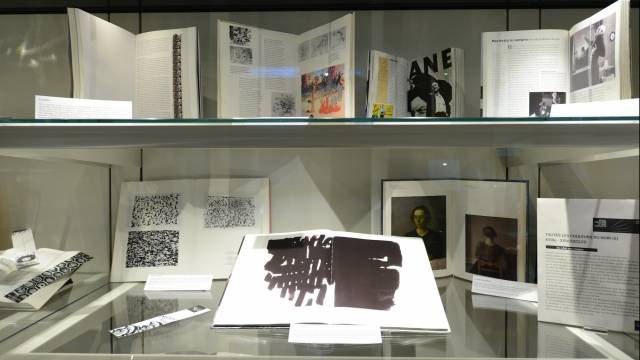When museum operators want to ensure that the art shines in their exhibitions and not the display-case glass protecting it, they are opting more often for Guardian Clarity™ double-sided, anti-reflective glass.
Clarity delivers a nearly invisible, glassless effect to museum display cases, allowing visitors to view the items as if visible to the naked eye, while still providing the necessary protection and security for these often priceless, irreplaceable artefacts.
Guardian Industries’ Glass Group in Europe will be showcasing Clarity glass solutions for display cases at the International Council of Museums exhibition July 4-6 in Milan, Italy. The expo is running alongside the July 3-9 ICOM General Conference.
Guardian produces Clarity using the most advanced magnetron sputtering glass coating technology. As a result, Guardian Clarity glass enables a light transmission of 97% and a reflection of less than 1%, compared to architectural float glass, which offers a light transmission of 90% and has a reflection of 8%. Clarity’s residual reflection colour is a soft neutral blue, which, in combination with Guardian UltraClear™ substrate, allows it to provide maximum transparency while reducing to the minimum unwanted reflection and glare.
Museology has today more than ever a triple task in relation to the exhibits: highlight, protect and preserve. Choosing the wrong glass not only will negatively impact the aesthetics due to reflections and glare, but light and unwanted ultraviolet rays can damage or fade the colours of the displayed artefacts. As a result, museum operators across Europe are opting to use Guardian Clarity glass in some of their most demanding applications – with excellent results.
The Médiathèque Pierre Amalric d’Albi, in southern France, for example, chose Clarity for a custom-made, 7-meter-long showcase to house some of its rarest and most valuable historical books. “Guardian Clarity anti-reflective glass met the museum’s three conditions for the showcase: preservation, aesthetics and value for money,” said museum director Jocelyne Deschaux.
As for the new display, Mrs. Deschaux said: “I am quite satisfied with the anti-glare aspect thanks to Guardian Clarity glass. I have to say that visitors are really happy with the look of the showcase.”
In Utrecht, the Netherlands, the Centraal Museum installed Guardian Clarity glass to protect and showcase a rare collection of paintings and drawings by 16th century Dutch artist Joachim Wtewael. Kristine Kavelaars, Senior Project Coordinator at the Centraal Museum, described Clarity as “unexpected glass,” adding, “I have to say that I had never seen anything like the ‘no glass’ effect. Many of our visitors were not aware of the glass layer until it stopped them from touching the paintings.”
The organisers of “Osiris, Egypt’s Sunken Mysteries”, a travelling exhibition of priceless and ancient Egyptian artifacts, also opted to use double-sided, anti-reflective Clarity glass in their display cases. This exhibition contains centuries-old artifacts recovered recently from deep beneath the riverbed of Egypt’s Nile River.
To learn more about the best that glass has to offer to museums and their display cases, be sure to visit Guardian at stand #41 at the International Council of Museums exhibition July 4-6 in Milan, Italy.
For more information please visit: www.guardianclarity.com.




